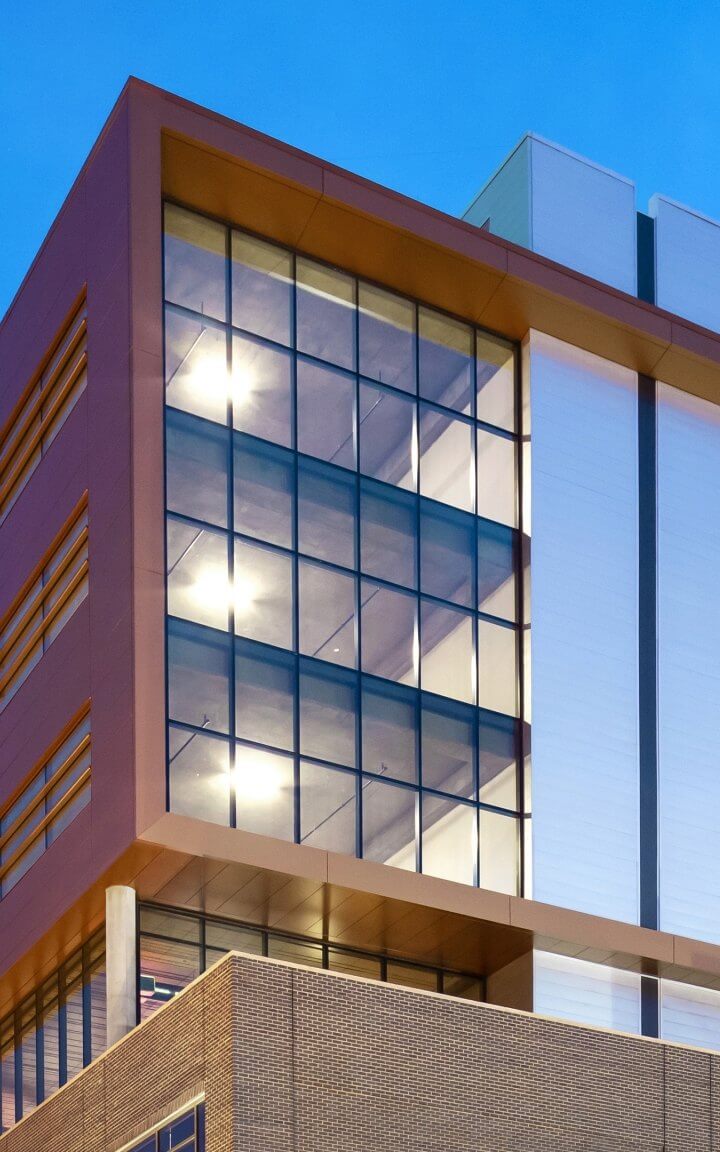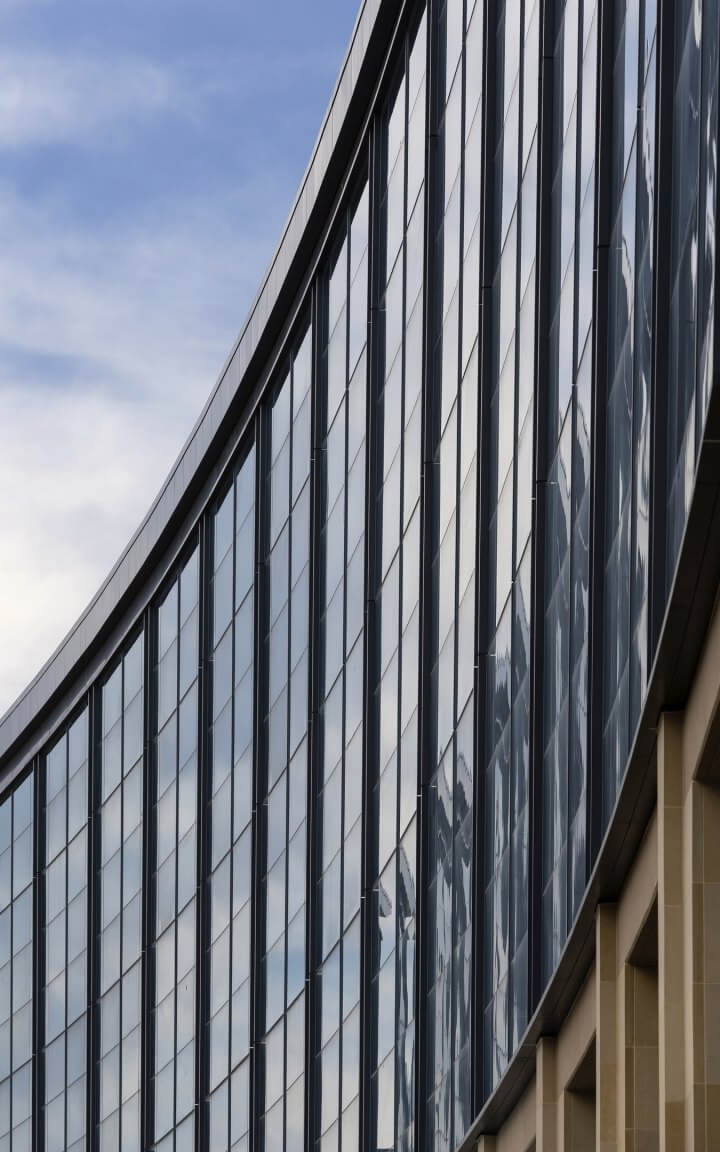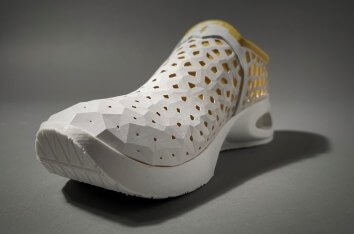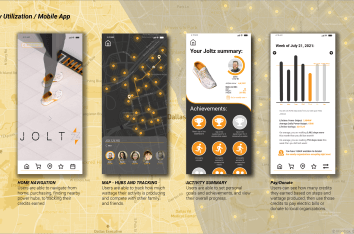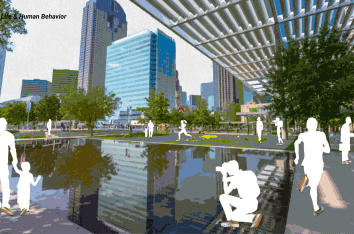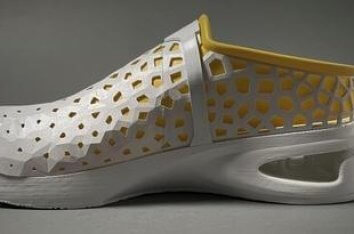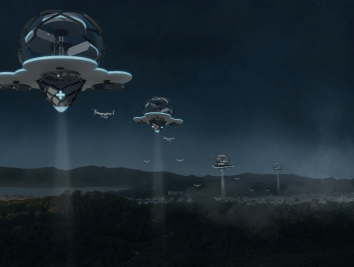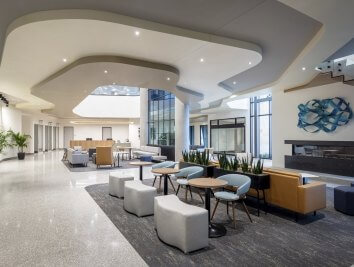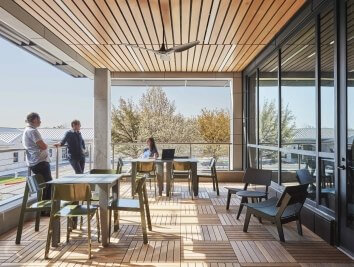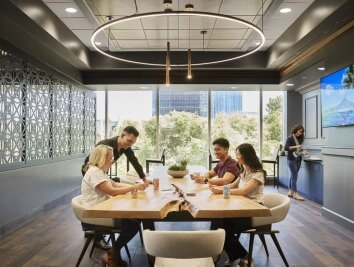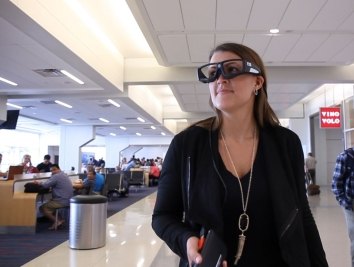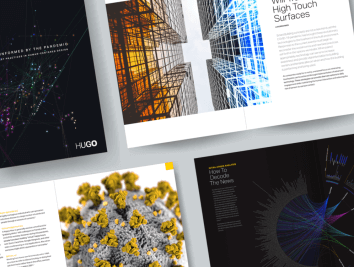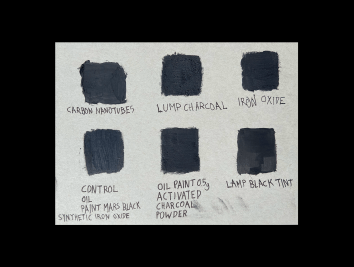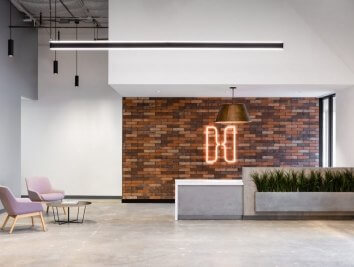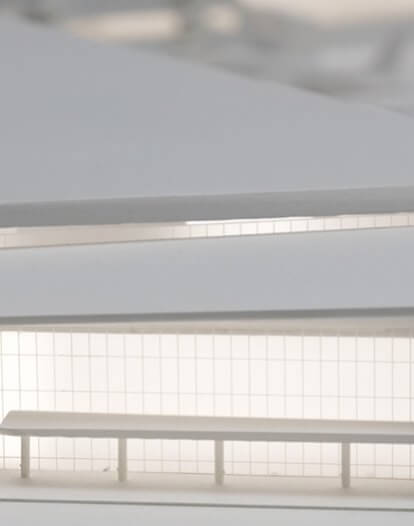2021 Summer Design Sprint
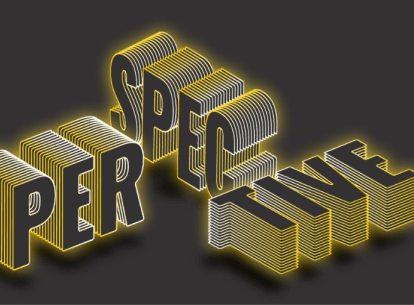
In the summer of 2021, Corgan hosted a two-week summer intern design sprint where students explored the end-user’s relationship with and impact on the built environment. One project investigated combining in-sole piezoelectric technology with an energy-to-currency exchange system to create Joltz — a concept shoe that enables movers of all shapes, sizes, ages, and socioeconomic backgrounds to generate energy with each footstep they take.
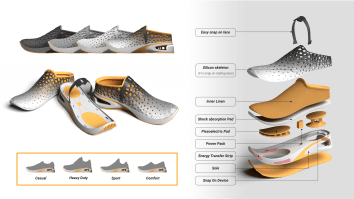

Using topology optimization, the Joltz sneaker optimizes a rubber composite for the flex of the arch and concentrates significant touchpoints at the heels and outsoles, where much more direct, axial, compressive stress is exerted. The removable shoe sole houses a lightweight battery that temporarily stores the electrical charge generated from each step. This sole can be tapped or docked for quick energy transfer — changing the way we personally interface with the power grid and enabling a prosumer model where people can change their energy-use behavior and manage their electric bill like a game.
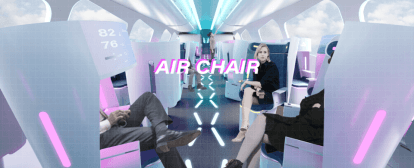
The AirChair proposes a new interior design that anticipates the future perspective of air travel to be efficient and pleasing to the user, eliminating the overall taxing preconceived notion of traveling. This new design addresses the overwhelmingly negative perspective of air travel by revitalizing the airplane interior in a manner that embraces technological trends while prioritizing the safety, comfortability, and productivity of the passenger experience is the main design initiative.
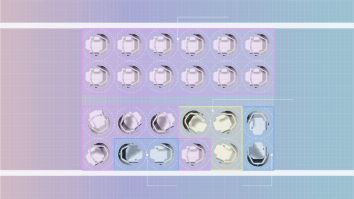
During the research phase, surveys were distributed to gauge the interest in a more personalized and comfortable experience during air travel. It was discovered that many people travel with companions but would prefer an individual experience—creating the implementation of the AirChair, an immersive single chair embedded with biometric technology that rotates to create an inviting environment for socializing, while simultaneously adhering to the individualized private experience depending on preferences.

The Air Chair uses biometrics to adapt to the user. It includes ambient lighting, temperature control, and heart rate monitors to produce the opportunity for a customized and comfortable experience for each personality. An exterior shell is provided to create a core environment for health safety precautions and for customers who would rather disengage during their flight. As for materiality, the AirChair will incorporate a 3D printed internal lattice geometry and surface optimization to keep the frame as strong as the original aluminum-made with a 56% weight reduction rate. Furthermore, the casting of the AirChair frame could become 35% lighter than the original when cast in magnesium over aluminum.
Because of its 360o rotation capacity and more spatial features, a larger footprint of capacity per chair was needed for this design to function properly. The capacity per plane with the AirChair is then reduced to nearly 1/3 the current commercial capacity, however, the new material design will save airlines a calculated annual weight savings fuel cost of about $1 million along with a fuel reduction of about 9.6 per unit, equaling 28.9 tons of CO2 emissions, in total.

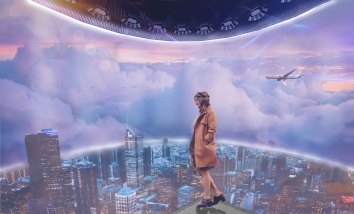
The Sensorium pavilion is a unique, inclusive space for people from all ethnicities, abilities, age groups: all walks of life. It is intended to afford people the opportunity to achieve an accurate, dynamic psychological and personal assessment of the self. Through exposing the body to various conditions involving all five human senses, the participants show an honest and unbiased reaction to stressors. The pavilion presents the architectural framework that is necessary to experience mixed reality, immersing guests in the deprivation or overstimulation of basic human senses. The maze will introduce several different stimulations that isolate senses, in order to measure and record the person’s unique biological reactions and decision making based on the senses.

The design of Sensorium draws its inspiration from fractals found in nature, as well as the interweaving patterns of the brain. In order to maximize connecting people through their shared experiences, the modular design enables the pavilion to be mobile. The versatile design renders the opportunity for the pavilion to occupy various settings, which has been especially intended for public parks in larger cities. The exterior façade consists of slightly reflective panels, which show illumination reflective of the interior. The interior of the pavilion is designed to isolate from the outside world to promote introspection of the self.
Whether you are looking for answers to internal conflicts or gauging how significant life changes are affecting you, Sensorium is a place for all people interested in self-discovery. While the design of this pavilion is intended for individuals to embark on paths of self-realization, this experiential tool has engaged potential for utilization in the realms of healthcare, neuroarchitecture, employer relations and beyond.
